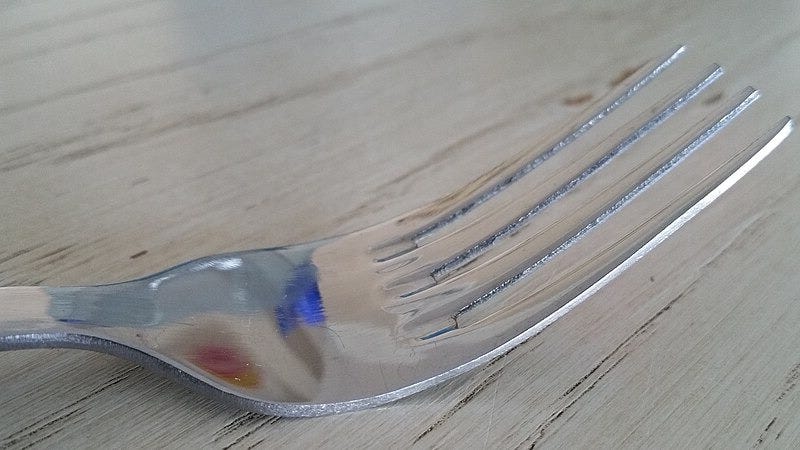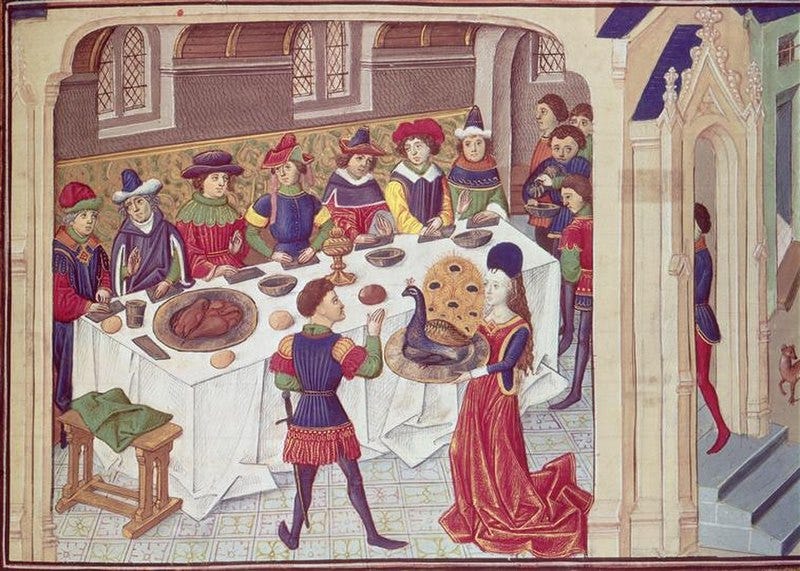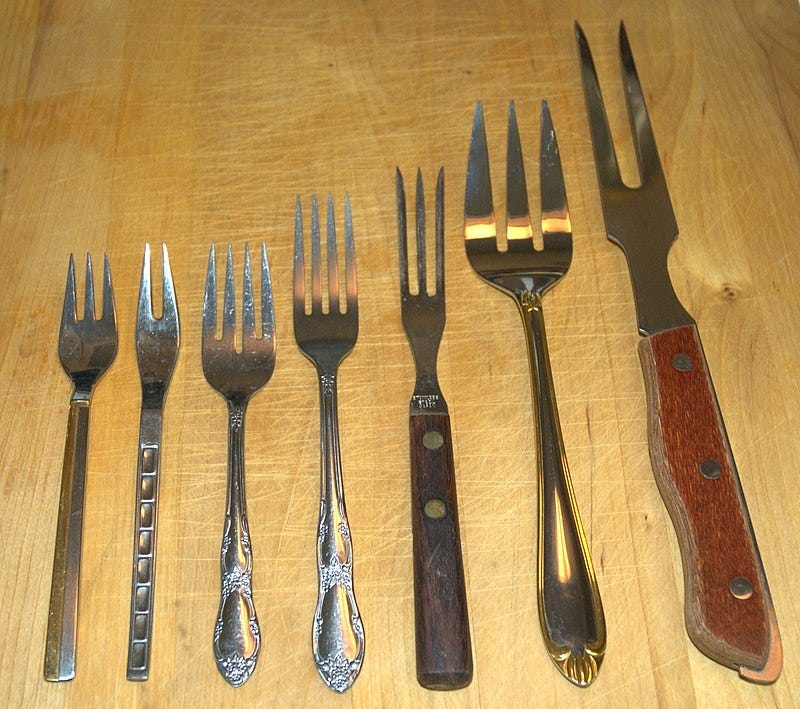10 Things You Don't Know About Forks
An everyday utensil with an extraordinary past — the fork’s journey spans ancient empires, cultural taboos, and industrial revolutions before becoming a fixture on tables worldwide.
The fork is one of the most commonplace items in modern life. It can be found in millions of households, restaurants, cafeterias, and canteens around the world. Whether in a fine-dining establishment or a fast-food counter, a fork is almost always within reach. Its presence is so ubiquitous that most people rarely give it a second thought.
Every year, billions of forks are produced in different forms and materials. Metal forks dominate formal dining settings, while plastic and wooden versions are staples for casual or disposable use. They are shipped globally, tucked into takeout bags, stacked in cafeterias, or polished on white linen tables. The sheer scale of their production and use underscores how central they have become to dining culture.
Yet behind this everyday object lies a surprisingly complex story. The fork is not merely a tool but a symbol that has evolved with cultural traditions, religious debate, industrialization, and shifting standards of etiquette. What today feels ordinary was once resisted, mocked, and even condemned. To appreciate how far it has come, here are 10 things you probably don’t know about forks.
10. Ancient Origins
Despite their rocky reception in medieval Europe, forks have a rich history. Archaeologists have discovered two-pronged bronze forks in Egypt, Greece, China, and Rome. These utensils were typically used for cooking and serving rather than personal dining. Their presence across civilizations shows that the fork was not a novel invention of the Renaissance but rather a tool rediscovered and redefined over time.
9. Once Seen as Sinful
Forks weren’t just oddities when they first appeared in Europe — they were condemned. Church officials in medieval Italy argued that using metal prongs to eat food was decadent, even sinful, because God had given humans fingers for that purpose. The condemnation underscores how radical the fork once seemed, an object that challenged both tradition and theology.
8. The Venetian Influence
The spread of forks across Europe can be traced to Venice, a hub of trade and cultural exchange. Venetian nobles adopted the fork early, likely influenced by Byzantine customs. Catherine de’ Medici, a member of this Venetian lineage, brought forks to France when she married King Henry II in the mid-1500s. Her courtly influence accelerated the utensil’s acceptance among Europe’s aristocracy.
7. A Symbol of Luxury
In their early European history, forks were not everyday tools but symbols of wealth and status. Nobility used ornate forks made of silver or gold, often decorated with jewels. These forks were less about practicality and more about signaling refinement and prestige. The association with luxury lingered for centuries, even as the utensil became more common.
6. Forks Changed Dining Etiquette
The introduction of forks reshaped dining habits and table manners. With a fork in hand, people could cut food into smaller, manageable bites and avoid greasy fingers. As forks spread, so too did codes of etiquette — from how to hold the utensil properly to whether one should switch hands after cutting food. The fork became not just a tool but a symbol of civility.
5. England Was Slow to Adopt
While continental Europe readily adopted forks, England resisted them for centuries. Even into the 1600s, prominent figures continued to mock forks as pretentious. Many English diners continued to use knives and fingers, seeing forks as unnecessary affectations. It wasn’t until the 18th century that the fork became commonplace in Britain.
4. Industrial Revolution Boosted Adoption
For most of history, forks were rare household items, often reserved for the wealthy. That changed with the Industrial Revolution. Advances in metalworking and mass production made forks affordable and available to the middle class. What was once a luxury became a necessity, as domestic life in the 19th century saw the fork cement its place on family tables.
3. Forks Aren’t Universally Used
Forks may dominate tables in North America and Europe, but they are far from universal. In much of Asia, chopsticks remain the primary eating utensil, while in regions of the Middle East, Africa, and India, eating with hands is still a deeply rooted tradition. These practices reflect not only cultural differences but also the types of cuisine — rice, flatbreads, and shared platters lend themselves to different utensils than meat-heavy European diets.
2. Different Forks for Different Foods
The modern dinner table can be crowded with specialized forks: salad forks, fish forks, oyster forks, and dessert forks, among others. This explosion of cutlery came during the Victorian era, when elaborate multi-course meals were fashionable and etiquette demanded precision. Each fork was designed for a particular texture or food type, reinforcing the idea that fine dining was not just about nourishment but also about refinement and ritual.
1. Four Prongs Became the Standard
The fork wasn’t always the four-tined instrument we know today. Early versions often had only two prongs, useful for spearing but clumsy for scooping. By the 18th century, cutlers had settled on four tines as the optimal design, balancing utility and elegance. This innovation made forks more practical for a wider range of foods, securing their dominance.
“The 10” is just a fun and lighthearted diversion from the usual analysis and commentary on More Signal, Less Noise. What topics would you like me to explore in The 10? Let me know in the comments.







Great article on the ubiquitous fork, thanks for this!